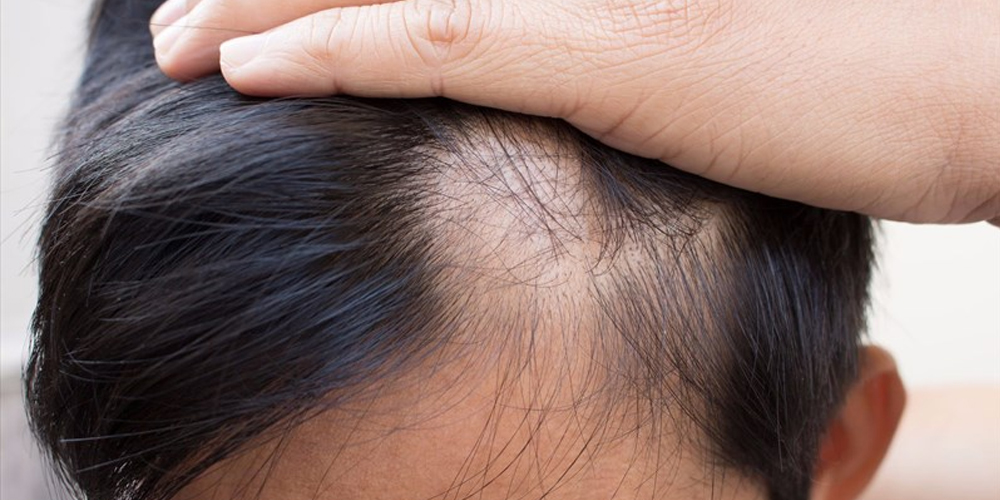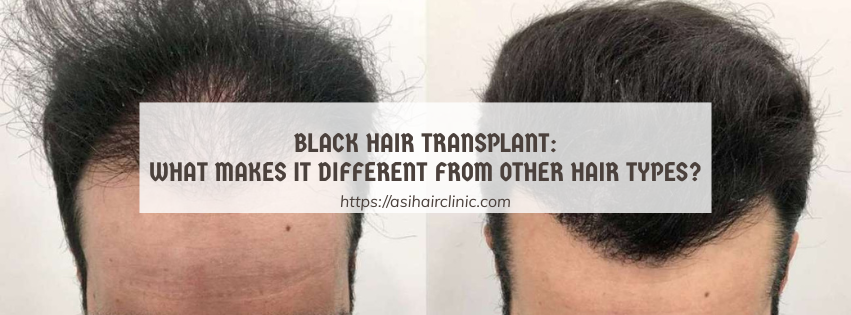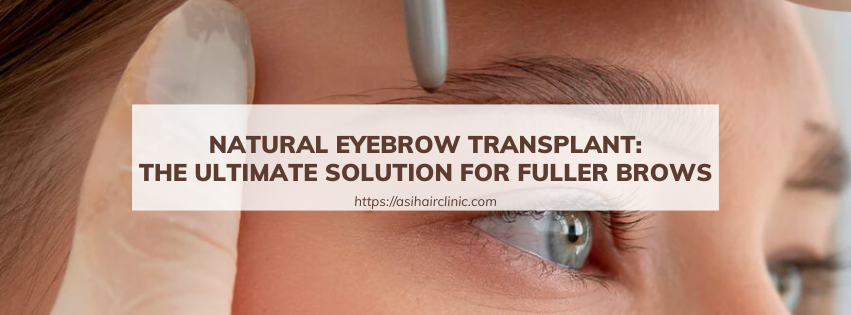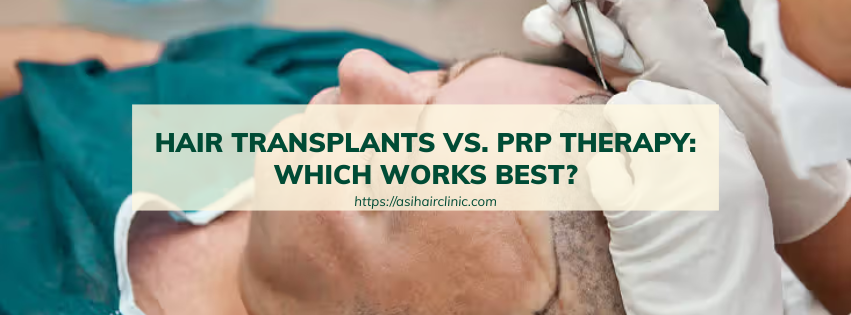What Is the Difference Between Non-Scarring and Scarring Alopecia?
Alopecia is an umbrella term that encompasses a variety of conditions leading to hair loss. While the final result of hair loss may manifest similarly, the underlying causes and nature of hair loss can significantly differ. Understanding these differences, particularly between non-scarring and scarring alopecia, is essential for proper diagnosis and treatment. This article delves into the nuances of both types of alopecia, exploring their characteristics, common types, treatment options, and coping strategies for those affected.
1. Understanding Alopecia: A Spectrum of Hair Loss
Alopecia is not merely a cosmetic issue; it represents a complex interplay of biological, genetic, and environmental factors that can profoundly affect an individual's quality of life. The term itself refers to any condition that leads to hair loss and can occur anywhere on the body. Factors contributing to alopecia include genetic predisposition, hormonal changes, autoimmune disorders, and infections.
1.1. Causes of Alopecia
The causes of alopecia are diverse and multifaceted. They can range from hereditary factors, such as androgenetic alopecia which is commonly referred to as male or female pattern baldness, to external triggers like stress or medical conditions.
Hormonal imbalances, particularly involving androgens, can play a significant role in non-scarring types of hair loss. In contrast, autoimmune responses and inflammatory processes often underlie scarring alopecia, leading to irreversible damage to the hair follicles.
1.2. Psychological Impact
The experience of losing hair can be distressing, affecting one's self-esteem and body image. For many individuals, hair is associated with identity, attractiveness, and social acceptance. Therefore, comprehending the various forms of alopecia becomes critical not just for physical treatment but also for addressing psychological well-being.
In the sections that follow, we will explore the significant distinctions between non-scarring and scarring alopecia, emphasizing their definitions, key characteristics, treatment options, and recommendations for living with these conditions.

2. Non-Scarring Alopecia: Hair Loss with Hope for Regrowth
Non-scarring alopecia refers to types of hair loss where the hair follicles remain intact, providing hope for future regrowth. This type of alopecia is characterized by a disruption in the hair growth cycle rather than permanent damage to hair follicles.
2.1. Key Characteristics of Non-Scarring Alopecia
One of the defining features of non-scarring alopecia is the preservation of hair follicles, meaning that there is potential for recovery. Individuals may experience thinning hair gradually or in patches, and the scalp typically remains smooth without any signs of scarring.
Intact Hair Follicles: Intact hair follicles are a hallmark of non-scarring alopecia. When the follicles are preserved, there is a chance that they can reinitiate the hair growth cycle once the underlying cause is addressed. This characteristic makes non-scarring alopecia distinct from its scarring counterpart, where permanent follicle destruction occurs.
Gradual or Patchy Hair Loss: Individuals experiencing non-scarring alopecia might notice their hair thinning over time or sudden patches of hair loss. For example, in cases like telogen effluvium, hair shedding can become pronounced due to various stresses. It’s essential to identify these patterns early to facilitate effective management.
Reversibility in Many Cases: The potential reversibility of non-scarring alopecia brings hope to those suffering. With appropriate treatment and intervention, hair can regrow once the trigger is resolved, making it vital for patients to work closely with healthcare professionals in identifying the cause and establishing a tailored treatment plan.
2.2. Common Types of Non-Scarring Alopecia
Several prevalent types of non-scarring alopecia exist, each associated with unique mechanisms and potential treatments.
Androgenetic Alopecia (Male and Female Pattern Baldness)
Androgenetic alopecia is the most common form of hair loss, affecting both men and women. This genetic predisposition to hair loss is influenced by hormones such as dihydrotestosterone (DHT), which plays a pivotal role in follicle miniaturization.
In men, this often presents as receding hairlines and balding at the crown, while women typically experience thinning at the crown without complete baldness. Treatment options include topical minoxidil, oral finasteride for men, and hair transplantation for severe cases. Each option targets the hormonal imbalance responsible for the condition.
Telogen Effluvium
Telogen effluvium is characterized by an abrupt increase in the number of hair follicles entering the resting phase, resulting in excessive shedding. This form of alopecia can be triggered by a variety of factors including acute illness, surgeries, childbirth, or even severe stress.
Management of telogen effluvium primarily focuses on removing the underlying trigger, allowing the hair to return to its normal growth cycle. Most individuals find their hair regrowth resumes spontaneously once they recover from the initial stressor.
Alopecia Areata
Alopecia areata is an autoimmune disorder that manifests as sudden patchy hair loss. Hair can fall out in small round or oval patches, and while the exact cause of this immune response remains unclear, it can significantly impact mental health.
Treatment often involves corticosteroids to reduce inflammation and stimulate hair regrowth. Emerging therapies also focus on immunotherapy approaches aimed at retraining the immune system to prevent future episodes.
Anagen Effluvium
Anagen effluvium describes rapid hair loss that occurs when hair follicles are forced into the resting phase during their growth cycle. This is most commonly seen in patients undergoing chemotherapy or those exposed to certain toxins.
While the hair loss can be dramatic, regrowth typically occurs once the offending agent is removed, and supportive measures can help individuals cope during recovery.

3. Scarring Alopecia: Permanent Hair Loss and Skin Damage
In contrast to non-scarring alopecia, scarring alopecia involves conditions that destroy hair follicles permanently, leading to irreversible hair loss accompanied by scarring on the scalp. The inflammatory process replaces healthy tissue with scar tissue, inhibiting any possibility of regrowth.
3.2. Key Characteristics of Scarring Alopecia
Recognizing the features of scarring alopecia is crucial for timely intervention and management.
Destruction of Hair Follicles: In scarring alopecia, hair follicles are irreparably damaged, leading to a complete halt in hair production. Unlike non-scarring alopecia, there is no opportunity for hair growth because the structure of the follicle has been compromised, leaving behind only scar tissue.
Irreversible Hair Loss: Once scarring occurs, hair regrowth becomes impossible, distinguishing it starkly from non-scarring types of alopecia. Individuals diagnosed with scarring alopecia must adjust their expectations regarding hair restoration, focusing instead on managing the existing condition.
Inflammation and Scalp Changes: The presence of inflammation is a major characteristic of scarring alopecia. Affected areas may appear red or tender, showcasing visible signs of irritation and texture changes on the scalp. Patients often report discomfort or itchiness in the inflamed regions.
3.3. Common Types of Scarring Alopecia
Various specific conditions fall under the umbrella of scarring alopecia, each requiring targeted treatment approaches.
Discoid Lupus Erythematosus
Discoid lupus erythematosus is an autoimmune disease that causes chronic inflammation and scarring of the skin, including the scalp. This condition results in raised, scaly patches that can cause significant hair loss.
Managing discoid lupus requires a comprehensive approach involving topical and oral corticosteroids alongside antimalarial medications to control inflammation. Regular dermatological evaluations help monitor the condition and adjust therapies as necessary.
Lichen Planopilaris
This chronic inflammatory condition affects the hair follicles directly, leading to inflammation and scarring. Symptoms can include intense itching and scaling, eventually resulting in irreversible hair loss.
Treatment typically includes topical and oral corticosteroids, immunomodulators, and other anti-inflammatory agents. Early intervention is critical in preventing extensive damage and scarring.
Central Centrifugal Cicatricial Alopecia (CCCA)
Primarily affecting women of African descent, CCCA causes circular hair loss starting from the crown and moving outward. Identifying the pattern early is key to preventing further progression.
Management often parallels that of lichen planopilaris, incorporating corticosteroids and immunomodulators to diminish inflammation. Educating patients about avoiding harmful hairstyling practices can also aid in preventive efforts.
Folliculitis Decalvans
Folliculitis decalvans is a rare condition triggered by bacterial or fungal infections in the hair follicles, leading to painful pustules that can result in scarring.
Targeted antibiotic or antifungal treatments, along with anti-inflammatory medications, are essential in managing this condition. Ongoing care and monitoring are vital to minimize recurrence and promote scalp health.
4. Important Considerations in Differentiating Non-Scarring and Scarring Alopecia
Differentiating between non-scarring and scarring alopecia is essential for appropriate treatment planning. Various diagnostic tools and clinical evaluations can assist healthcare providers in establishing an accurate diagnosis.
4.1. Scalp Examination
A thorough examination of the scalp is essential in differentiating between alopecia types. Dermatologists look for signs of inflammation, scarring, and hair follicle activity. Observations during this examination lay the groundwork for further investigations.
Biopsy: In certain cases, a scalp biopsy may be necessary to confirm the diagnosis and determine the specific type of alopecia. Histological analysis can reveal the extent of follicular damage and inform whether the alopecia is scarring or not.
Clinical History: Gathering a detailed clinical history is crucial. Understanding the onset, progression, and accompanying symptoms helps differentiate between various types of alopecia. Questions regarding family history, lifestyle factors, and previous treatments can provide valuable insight into the patient's condition.
Laboratory Tests: In some instances, laboratory tests including blood work may assist in identifying underlying medical conditions contributing to hair loss. Hormonal assessments, autoimmune panels, and iron studies can guide diagnosis and therapeutic strategies.
5. Treatment Options: Tailored Approaches to Manage Alopecia
Given the diverse nature of alopecia, treatment options vary widely depending on the specific type and underlying cause.
5.1. Non-Scarring Alopecia Treatment
For those experiencing non-scarring alopecia, several treatment modalities are available.
Topical Medications: Topical solutions such as minoxidil have shown efficacy in stimulating hair growth for androgenetic alopecia. Applied regularly, minoxidil encourages circulation to the hair follicles, promoting regrowth in some individuals.
Oral Medications: Oral medications, notably finasteride for men, address hormonal contributors to hair loss. By inhibiting the conversion of testosterone into DHT, finasteride can slow progression and promote regrowth for those affected by male pattern baldness.
Corticosteroids: Corticosteroids can be effective in managing conditions like alopecia areata. These medications reduce inflammation around hair follicles, encouraging regrowth through localized application or injections.
Immunotherapy: Immunotherapy utilizes sensitizers to stimulate a localized immune response directed at hair follicles. This technique has shown promise, particularly in cases of alopecia areata, enabling some patients to regain lost hair.
Hair Transplantation: Surgical interventions like hair transplantation are viable options for severe cases of androgenetic alopecia. This procedure involves relocating hair follicles from one area of the scalp to another, effectively restoring hair density.
5.2. Scarring Alopecia Treatment
In treating scarring alopecia, a different approach is required to manage inflammation and prevent further damage.
Topical Corticosteroids: Topical corticosteroids represent a first-line approach to controlling inflammation in scarring alopecia. Regular application can mitigate symptoms and slow down the progression of hair loss.
Oral Corticosteroids: In instances of severe inflammation, oral corticosteroids may be warranted. These powerful agents can help rapidly decrease inflammation, but long-term use must be carefully monitored due to potential side effects.
Immunomodulators: Immunomodulatory medications can suppress the immune response, reducing inflammation associated with autoimmune-related scarring alopecia. These agents require careful oversight by a knowledgeable healthcare provider.
Antimalarial Drugs: Antimalarial medications may be employed in specific cases, such as discoid lupus erythematosus, to combat inflammation effectively. Their use is typically complemented by other anti-inflammatory strategies.
Surgical Interventions: In advanced cases of scarring alopecia, surgical options may be considered. Excision of scar tissue or grafting can improve the appearance and function of affected areas, though candidacy for these procedures necessitates careful evaluation.
Conclusion
Understanding the difference between non-scarring and scarring alopecia is essential for those experiencing hair loss. Non-scarring alopecia offers hope for regrowth through various treatment options, while scarring alopecia presents challenges that require tailored management. Both types carry psychological implications that deserve attention, emphasizing the importance of holistic care. By fostering understanding, seeking support, and exploring treatment avenues, individuals can navigate their alopecia journey with empowerment and resilience.
LATEST POSTS








